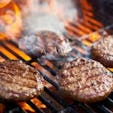We all know that food is our main source of energy. So why then do most people claim to be tired all the time when it’s clear from looking at them that they get plenty to eat?
The problem is that they don’t get their energy from the right foods. When you follow a carbohydrate-based diet, your blood sugar rises and falls sharply with every meal. When it goes down, so does your energy—this is the crash you feel shortly after lunchtime that makes you want to fall asleep at work in the afternoon.
By reducing the amount of carbs you eat and replacing them with healthy sources of fat, you can stabilize blood sugar and enjoy steady energy and greater mental focus all day. These are two characteristics of a ketogenic diet, the ultimate version of a low-carb approach to nutrition that’s also a great strategy for losing weight, preventing or fighting serious illness, and promoting a myriad of other health benefits.
Let this guide answer all your questions about how to “go keto,” from the original strict diet that started the low-carb craze to the modern, more flexible adaptations that may better serve athletes and people looking to adopt healthier eating habits.
What Is A Ketogenic Diet?
Like the Atkins Diet, a ketogenic diet is very low in carbs, however, the difference is that—in a ketogenic diet—the majority of calories come from fat and protein intake is lower. Here’s how it works: Most people take in the bulk of their calories from carbs, so when you restrict carb intake and increase your fats, you send the body the message that it must switch fuel sources. The liver begins to convert fat—both the fat you eat and the body fat you store—into molecules called ketones. When the number of ketones rises to a certain level in your blood stream, you are officially in a state of “ketosis.” At this point, your body uses fat as its primary energy source.
The medically-defined ketogenic diet has 75% of daily calorie intake come from fat, 20% from protein, and 5% from carbs. However, most of the benefits of ketosis can be achieved with additional, moderate amounts of carbohydrate, taken in post-exercise. The medical model of five percent carbohydrate is unnecessarily restrictive—especially if you exercise.
A modified version where 40–60% of your calories come from fat, 20–40% come from protein, and the remaining 20% from carbs typically works great for most people. (See “I Work Out. Is A Ketogenic Diet Right For Me?”) We call this approach—which appears to be more practical and sustainable for most—Mod Keto, and use that term to refer to those numbers throughout this article. While it may not technically put you into ketosis, you’ll keep insulin low enough to promote fat loss (see below) and mental focus while still having enough energy for hard workouts. Maybe best of all, you’ll enjoy the freedom to eat a wider breadth of food than you could on a classic ketogenic diet.
Where Does The Ketogenic Diet Come From?
People have inadvertently followed ketogenic diets for as long as they’ve walked the earth. Before the advent of agriculture, when humans had to hunt and gather their food, it was common to fast for long periods and then take in mostly fat and protein foods, with only limited carbohydrates coming from berries and vegetables. Avoiding food—particularly carbs—for long periods makes your body think that food is scarce, and it responds by making several adjustments to become more efficient with your energy. You don’t have to fast to make a ketogenic diet effective, but the two are often done in combination for the best results.
Suprisingly, Research has found that ketogenic diets have been formally prescribed to treat epilepsy since before 500 B.C. In the 1920s, they were adopted by Johns Hopkins Medical Center as a means of treating epileptic children, and have been used there ever since. In recent years, ketogenic diets have been investigated for their potential in treating several diseases (see “What Are The Health Benefits of a Ketogenic Diet?”)
How Will a Ketogenic Diet Help Me Lose Weight?
Since you begin to burn more fat for fuel, ketogenic diets make losing pure body fat much easier.
There’s a hormonal component at play too. When you eat carbs, your blood sugar (glucose) rises sharply. It rises when you eat anything, but carbs convert most quickly to glucose. The pancreas releases insulin to take excess sugar out of the bloodstream, storing most of it as fat. Because ketogenic diets minimize carb intake, insulin levels are kept low, limiting the calories that can be stored in your fat cells.
This is often cited as a reason why ketogenic diets tend to outperform low-fat diets in clinical trials. A study in the journal Lipids found that ketogenic dieters lost almost twice as much weight as a group following a low-fat diet over 12 weeks, even though calorie intake in both groups was the same. Incredibly, ketogenic diets often promote weight loss even when calories aren’t controlled. A trial published in the New England Journal of Medicine allowed a keto group to consume as many protein and fat-rich foods as they wanted, while the low-fat dieters had to restrict their calories. After six months, the low-carb eaters enjoyed significantly greater weight loss, and still slightly more after a whole year.
If this makes you question the old adage that “a calorie is a calorie,” and that it’s the overall number of calories you eat that determines whether you gain or lose weight, you’re right to be skeptical. A study from Nutrition & Metabolism had subjects follow either a ketogenic diet or a low-fat diet and then switch diets for the same amount of time (50 days for the men in the study; 30 days for the women). In each case, the participants tried to cut 500 calories from what they had been eating, but in the keto approach, the men ended up eating significantly more. Nevertheless, cutting carbs worked better for losing fat for both men and women across the board. More impressive still is the fact that the men lost three times as much fat directly from around their waists as they did dieting on low fat.
Results are one thing, but no diet will work long-term if it makes you miserable to follow it. You’ll quit, return to your old ways of eating, and regain the weight. But this is where a ketogenic or Mod Keto approach really shines. Fats and proteins are highly satiating; eating them keeps you feeling fuller, so you’re less likely to feel like you’re “starving”—even when your calories are low—and you break your diet to pig out. A study in the Journal of the American Dietetic Association on overweight women found that not only did they lose more weight on keto than they did with a higher-carb, lower-fat plan, they reported feeling less hungry throughout the diet.
As we recently reported in our rebuttal to the Netflix documentary What The Health, two of the earliest studies that compared the effects of carb- and fat-based diets found strikingly different outcomes in how the subjects felt and behaved. Although calories were equal for both groups, the high-carb gang complained of being lethargic and depressed, while the high-fat eaters remained energetic and satiated from their meals.
What Are The Health Benefits of a Ketogenic Diet?
Apart from all the pros that come with dropping body fat, a ketogenic diet can improve several other aspects of health and even treat serious disease. A ketogenic diet can…
1. Increase focus
As we alluded to in the beginning, a carb-rich diet puts your blood sugar on a roller coaster ride all day. When it’s down, so is your ability think clearly and focus, colloquially known as “brain fog.” There hasn’t been much research on the ketogenic diet’s effect on brain fog in healthy people, but the first thing most notice after they cut carbs (even in the first day) is clearer thinking and a better attention span (that is, until they come down with the “keto flu”—see below—which is very temporary).
Ultimately, once you’re in ketosis, the brain can get 70% of its energy from ketones, so pay no attention to rumors you’ve heard that the brain “runs on carbs” and your IQ will drop when you cut them out. In addition, your body is adept at generating any additional glucose necessary through a process called gluconeogenesis. Some find that they’re so alert on low carbs that they don’t need coffee in the morning.
2. Benefits for Epileptics
Since ketogenic diets promote better thinking, it shouldn’t be surprising to find that they have other positive effects on the brain too. Epilepsy is a brain disease that causes seizures and loss of consciousness. Research has shown that a ketogenic diet can help reduce symptoms in about half of epileptic patients. Furthermore, a study in The Lancet found that children who followed a ketogenic diet for three months—and previously hadn’t responded to medication—saw their seizures decrease by an average of 75%.
3. Benefits to Cancer Therapy
Cancers thrive under high-glucose conditions where there is a lot of sugar in the bloodstream. It stands to reason then that reducing glucose levels would help to combat cancer cells. This is one theory behind why ketogenic diets are effective for treating tumors, particularly in the brain and digestive tract. A 2015 article in the International Journal of Biochemistry and Cell Biology sums up the findings of multiple studies on ketogenic diets and cancer with the following: “there is increasing evidence that the ketogenic diet may also be beneficial as an adjuvant cancer therapy by potentiating the antitumor effect of chemotherapy and radiation treatment.”
4. Benefits for Cardiovascular Health
Based on mainstream media fear mongering, you might think that a diet high in meat and animal products could damage your heart, but research on ketogenic diets shows the opposite. A review of studies that pitted low-carb and low-fat diets against each other for better heart health found that the low-carb approach was more effective for reducing the risk of cardiovascular disease after six months and at least as effective (if not more) after 12 months. A 2012 meta-analysis in Obesity Reviews—23 studies examined; data collected from more than 1,100 subjects—confirmed the favorable effects of keto dieting on major cardiovascular risk factors.
5. Benefits for Skin Health
Remember when your mom would tell you that your zits were caused by all the junk food you ate? She may not have been crazy after all. A 2012 review in Skin Pharmacology and Physiology concluded that a ketogenic diet used as a short-term intervention (30–60 days) can support hormone levels that affect acne.
6. Eliminate Food Allergens From Diet
Many people have allergies or intolerances to the gluten in wheat, as well as beans and sugary foods, without even realizing it. They assume that digestive problems and brain fog are a normal part of life, but they don’t have to be. As these foods aren’t allowed on a ketogenic diet, you may notice near-instant relief upon eliminating them. See “What Can’t I Eat On A Ketogenic Diet” for a full list of banned foods.
What Can I Eat On A Ketogenic Diet?
In short, lots of fat and protein. Many times, when ketogenic diets are prescribed, dieters aren’t asked to restrict their intake of either nutrient in any way—that includes letting people eat as many saturated fats as they like. Although there are exceptions, many people find that relying on fat and protein keeps them satisfied to the point where they don’t feel the need to eat a lot of food. They don’t overeat, so they don’t have to keep close watch of their calories.
One of the great pleasures that a ketogenic diet offers is the liberal consumption of classic “guy foods.” You’re free to eat burgers (as long as they’re without a bun), cheese, and even bacon—provided that you’re sourcing them from high-quality, organic, suppliers. Here’s a list of the main food sources that get the keto stamp of approval.
Meat
Classic ketogenic diets don’t make any distinction about the quality and sourcing of your meats. Most diet researchers who are looking to help people lose weight quickly in a clinical setting don’t care if they eat grass-fed organic beef versus ground chuck that comes from a feedlot—but we do. There are proven nutritional benefits to consuming naturally sourced vs. conventional meats, especially in the long term. Do your best to eat organic, pasture-raised meats: red meat, chicken and turkey, and game meats. The Mod Keto diet we like uses these whenever possible.
Whole eggs
Preferably from pasture-raised hens and high in omega-3 fats (for the same reasons as organic meat).
Fish
Always wild caught if possible and the fattier the better. Salmon, trout, mackerel, and sardines are popular choices, whereas the larger predatory fish like tuna and swordfish are typically high in toxic metals like mercury and should be avoided most of the time.
Dairy
Organic and from grass-fed cows is crucial here. Butter, cream, unprocessed cheese (cheddar, not Velveeta). Note: milk is NOT included due to its carb content.
Avocados
Bring on the guacamole!
Fibrous vegetables
Greens, peppers, onions, garlic, cauliflower, and so on. Although technically a fruit, and fruit intake should be limited (see “What Can’t I Eat on a Ketogenic Diet” below), tomatoes are allowed, as they’re low in carbs.
Unrefined oils
Coconut, avocado, and extra-virgin olive oil, primarily.
Nuts and seeds
Go easy on these. While they’re great sources of fat, nuts and seeds contain small amounts of carbohydrate that can easily add up to something significant because they’re fairly easy to overeat (how many times have you absent-mindedly killed a jar of almond butter or a bag of pistachios?). If you’re following Mod Keto, they’re OK, but watch your portions. Macadamia nuts, pecans, and Brazil nuts are some of the safest choices.
Some condiments
Salt, pepper, salsa, mustard, horseradish, and various herbs and spices.
What Can’t I Eat on a Ketogenic Diet?
Basically, anything high in carbs—no matter how nutritious it is otherwise—should be minimized or banned from your kitchen.
Sugar
This encompasses soda, fruit juice, smoothies, pastries, candy, and desserts, as well as some condiments like ketchup and barbecue sauce.
Alcohol
No smart diet allows you to booze, but in addition to the problematic effects of alcohol by itself, most drinks contain sugar. However, the occasional small serving of dry red wine may not kick you out of ketosis or otherwise spoil your fat-burning efforts.
Processed foods
Crackers, chips, or any snacks labeled as “low-fat,” no matter what other nutritional benefits they may claim. Also included here: foods that contain sugar alcohols (such as sorbitol or xylitol). These are common in “sugar-free” foods and may negatively affect ketone levels.
Fruit
The sugar content is too great. However, small amounts of berries are low in sugar, and can be part of a ketogenic diet.
Grains
Oats, corn, rice, pasta, bread, and other wheat-based products. See “Are There Any Other Exceptions To The Rules?” below.
Beans
Peas, lentils, kidney beans, garbanzos, etc. Again, see our section on exceptions.
Processed fats and oils
Mayonnaise, soybean oil, canola oil, and other vegetable oils.
Are Starchy Vegetables Keto?
On a strict keto diet plan, potatoes, sweet potatoes, beets, carrots, parsnips, and other root vegetables and tubers are blackballed. However, if you’re doing a ketogenic diet and working out, or the Mod Keto diet we like, you may want some extra carbs to support your workouts, and these foods should be your main source. See “I Work Out. Can I Do A Ketogenic Diet?”
Are There Any Other Exceptions To The Rules?
On Mod Keto, you can get away with eating moderate amounts of other carb-based foods such as fermented bread (sourdough), sprouted grains, and chickpeas. This version allows for a broader selection of foods because it recognizes the nutritional benefits of some carb foods regardless of their lack of compliance with a strict keto diet. Sourdough and sprouted grains, for example, contain numerous vitamins and minerals in a highly digestible form, and chickpeas are high in fiber, slowing down your body’s digestion of their carbohydrates and preventing the blood sugar spikes that raise insulin. When these foods are eaten late in the day or after workouts, the small hazards they pose to the effectiveness of ketogenic dieting are greatly offset and don’t outweigh the benefits. See “I Work Out. Can I Do A Ketogenic Diet?”
What Does A Day of Keto Meals Look Like?
Below is a sample day of eating for someone who’s just easing into a ketogenic diet.
Breakfast
Omelet made with (organic) eggs, tomato, and mixed peppers, cooked in coconut oil. Sliced avocado.
Lunch
Grilled (wild caught) salmon, salad dressed with olive oil and vinegar
Snack
Handful of cheese (from grass-fed, organic dairy), handful of almonds
Dinner
(Grass-fed) burger topped with salsa and (organic) bacon, asparagus spears dressed with (organic, grass-fed) butter.
As mentioned earlier, protein can raise insulin just as carbs can. The body actually makes carbs from protein in a process called gluconeogenesis, so it’s important that any high-protein food you eat be paired with fat and fiber sources to slow its digestion and keep insulin in check. Never eat egg whites—go with whole eggs and pair them with avocado. White fish are lean, so cook them in butter or oil, and eat them with vegetables.
Once you’ve gotten the hang of it, to get better results, consider cutting the number of meals you eat back and combining the diet with long fasts (called intermittent fasting). For example, start by skipping breakfast. Remember that our Paleolithic ancestors discovered ketosis out of necessity—they had to hunt and forage for food, and often went long stretches without any. Scientists believe that many of the benefits of going keto come from its mimicking the early stages of starvation. Your body is in fight-or-flight mode, which helps account for the alertness you experience. To take full advantage of the diet, you can gradually scale back to having one meal per day at night.
This isn’t as severe as it sounds. Without eating, your mind will be sharp and you’ll burn fat at a greater rate. To control hunger, you can drink water and coffee, blended with butter or MCT Oil, as needed (see “What Supplements Can I Take on a Ketogenic Diet?” below). At night, you can eat as much as you want. This strategy works well for people looking to lose weight (especially the very overweight) and improve general health.
Note, however, that if you’re an athlete, you’ll probably need to take in more food to support your activity and muscle mass. See “I Work Out. Is A Ketogenic Diet Right For Me?”
What Is The “Keto Flu?”
As your body switches over from fueling itself with carbohydrate to fat, there is going to be a little bit of a lag. This is what people call the Keto Flu, since at some point during the first two weeks of a ketogenic diet people can feel lethargic, moody, have difficulty sleeping, and even develop bad breath. Stick with it. All of this is normal and will pass as your body adjusts to ketosis. The bad breath is the result of a specific kind of ketone that exits the body through breath; you can mask it with a chlorophyll– or sugar-free mint.
It takes anywhere from three to six months to become fully adapted to using ketones, but the worst should be behind you in a matter of days, and you’ll be feeling better than ever.
Is the Ketogenic Diet Safe?
We listed keto’s numerous health benefits above, but a diet that’s heavy on meat and all but bans fruit and whole grains flies in the face of conventional nutrition dogma, leaving many to wonder if going keto might be dangerous long-term.
For most reasonably healthy adults, there’s no evidence to suggest that it is. Interestingly, our colleagues at Healthline.com unearthed a particularly powerful piece of evidence from the US Institute of Medicine’s Food and Nutrition Board. Their 2005 report clearly states that, “The lower limit of dietary carbohydrates compatible with life apparently is zero, provided that adequate amounts of protein and fat are consumed.” While they don’t recommend consuming no carbs at all, and neither do we, it goes to show that extremely low doses are not only safe but natural as well.
How Do I Know If I’m In Ketosis?
The only way to be sure is by testing your blood glucose and ketone levels with a monitor (we like the Precision Xtra, available on amazon.com for $40). But not only is this invasive (you have to prick your finger), it can get expensive, as the monitor requires test strips too which can be five dollars each. Ketosis can also be measured through devices that analyze breath and urine, but these aren’t as accurate.
A low-tech, low-cost way to check that you’re on the right track is look for the telltale signs: keto flu and bad breath in the early stages, and then reduced hunger and fast weight loss. If you’re watching your carbs and staying true to the diet, it’s just a matter of time before you settle into ketosis—or close enough to it (if you’re following the Mod Keto protocol) to see and feel results.
I Work Out. Is a Ketogenic Diet Right For Me?
Sports nutrition science has long preached that carbohydrates are the body’s best and preferred fuel source during exercise, but research is emerging to suggest that they don’t have to be. A study published in Nutrition Metabolism looked at overweight women who weight trained on a ketogenic diet, finding that they lost body fat without significant loss of lean body mass.
Another trial from the Journal of the International Society of Sports Nutrition found that a month of keto dieting didn’t negatively affect performance in gymnasts while decreasing their body fat levels. Furthermore, the researchers determined that muscle was spared specifically due to ketosis. In other words, despite a low-calorie intake, the athletes didn’t lose significant amounts of muscle because their bodies used ketones for fuel—not protein from their muscle tissue.
Other studies have shown that ketogenic diets don’t hurt strength or endurance (once the athlete is fully adapted to them), but if you’re a dedicated gym goer or highly active person, we don’t see a need to take the textbook keto approach. A more moderate, low-carb plan (such as Mod Keto) will work fine. According to Onnit’s Director of Total Human Optimization, Kyle Kingsbury, a former pro athlete who has experimented with low-carb diets for years, getting 40–60% of your calories from fat, 20–40% from protein, and 20% from carbs is a good balance that will give you the weight loss and focus benefits of ketosis without the potential for low energy or slow recovery from exercise.
If you’re a more passive exerciser and not doing aggressive workouts like high-intensity interval training (HIIT), which is characterized by short bursts of all-out work efforts interspersed with short rest periods, you won’t need as many carbs and can therefore increase your fats even more. In that case, a diet closer to 65% fat, 25% protein, and 10% carbs may be more appropriate.
Dominic D’Agostino, one of the world’s foremost researchers of ketogenic diets—and an amateur bodybuilder—has said that he personally takes in 65%–70% of his calories from fat and 20–30% from protein.
Try timing the carbs you do take in strategically. Carbing up at night after you’ve trained will make your liver and muscles soak up the carbs they need to recover from the workout and fuel your next one. Starchy, slow-releasing carbs like potatoes and other tubers would be perfect. Do NOT eat carbs before you train, as they will replace fat as your fuel source for the workout.
How Do I Set Up A Diet?
The beauty of a low-carb/ketogenic diet is its simplicity. For most people, eating more fat in place of carbs will prevent overeating and lower insulin levels so you lose weight quickly and without having to track calories or macros. Start with that.
However, if you’re an athlete or regular exerciser, or you find you’ve hit a plateau with your diet, you need to start reading labels and recording what you eat. Above, we gave you percentages of total calories to follow, which begs the question, “how many calories should I be eating?” The answer depends on your goals.
If you want to lose weight, multiply your current body weight by 10–12. If you’re very overweight, choose the body weight you’d like to have and times that by 10–12. This isn’t an exact science; you just need a starting point. You can adjust your calories from there as things progress.
If your goal is to maintain your weight but change your body composition (a little more muscle, a little less fat), multiply your body weight by 13–15.
For example, a highly active 180-pound man who wants to lose weight doing Mod Keto would set his calories at 2,200 (180 x 12 = 2160). Fat will make up 60% of his diet, which is 1,320 calories (0.60 x 2200). Since there are nine calories per gram of fat, he’ll eat about 150 grams of fat daily.
Twenty percent of 2,200 is 440 calories, or 110 grams each of protein and carbohydrate (as protein and carbs both contain four calories per gram).
So, in short, this 180-pounder should aim for 2,200 calories consisting of 150 grams fat, 110 grams protein, and 110 grams carbs to diet down.
Whether you work out or not, do your best to consume the bulk of your carbs in the evening with dinner. Not only will this keep your mind sharp during the day when you most need it to be, it will further help your body adapt to using fat for fuel.
What Supplements Can I Take on a Ketogenic Diet?
Going keto is much easier than it used to be. Products now exist that can help you reach ketosis sooner and bring you back into it after a cheat meal here and there. Exogenous ketones—including beta-hydroxybutarate—are ketones made in a lab that function just like the ones your body makes from fat. They’re particularly beneficial in combating the keto flu, helping you think more clearly while your body makes the adjustment.
MCT oil is another go-to for ketogenic dieters. A study in the journal Diabetes found that medium-chain triglycerides (MCTs)—a type of saturated fat—improve cognitive function when blood sugar is low, encouraging the body to generate more ketones for the brain to run on. And, as we reported in our defense of coconut oil last summer, MCT’s are burned quickly for energy. A Journal of Nutrition study comparing subjects who consumed MCT’s or the same amount of long-chain fats lost significantly greater body fat after 12 weeks. Meanwhile, research from 2015 in the European Journal of Clinical Nutrition revealed that subjects who consumed supplemental MCT’s ate less at meals afterward than those who were given processed corn oil. Their glucose raised less after a meal and their leptin, a hormone that promotes satiety, was higher.
Remember that proteins can raise insulin levels just as carbs do, potentially pushing you out of ketosis or preventing you from reaching it. The ever-popular whey protein is one such offender. In its place, you can supplement with an essential amino acid product. Take a look at products like NatureAminos, which you can pick up HERE. Amino acids do act on insulin, but not to the same extent as whey. You’ll get the muscle-building components of protein in an even more digestible form without threatening your ketogenic diet.

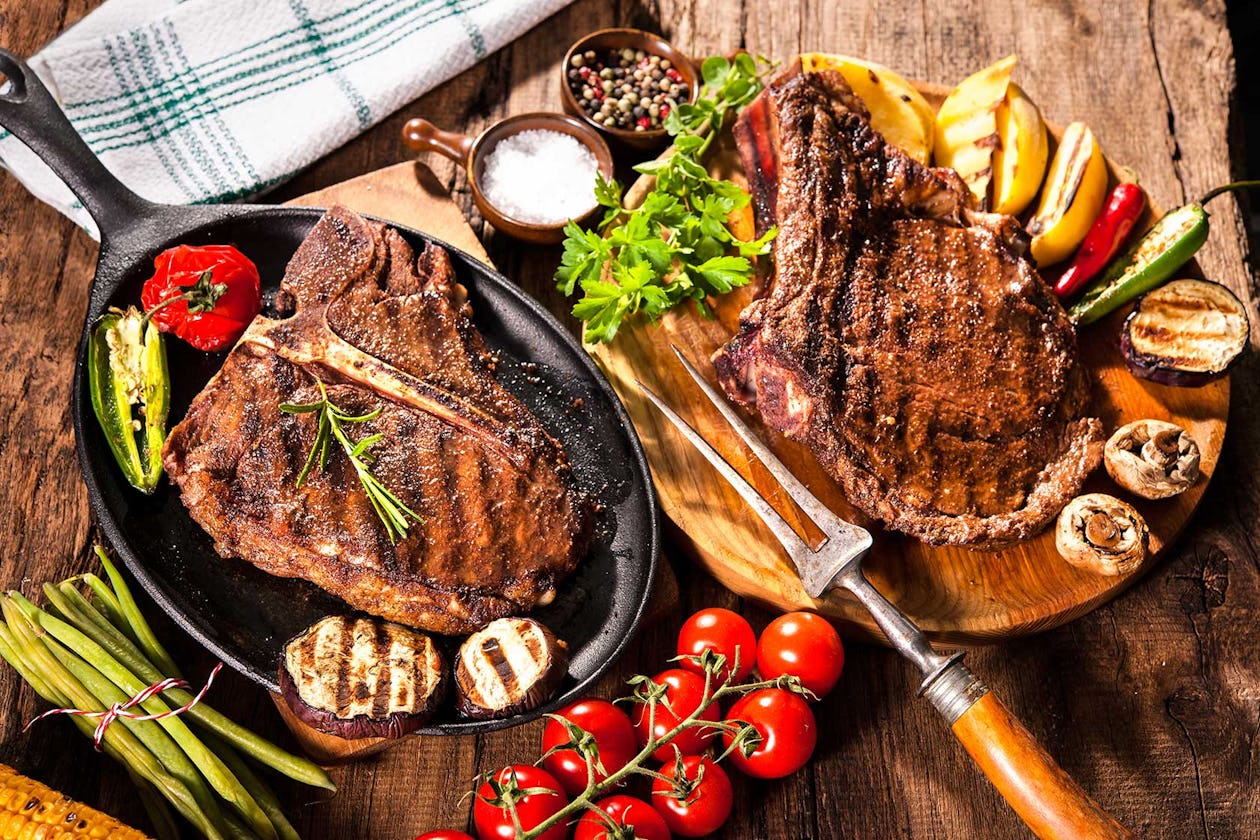

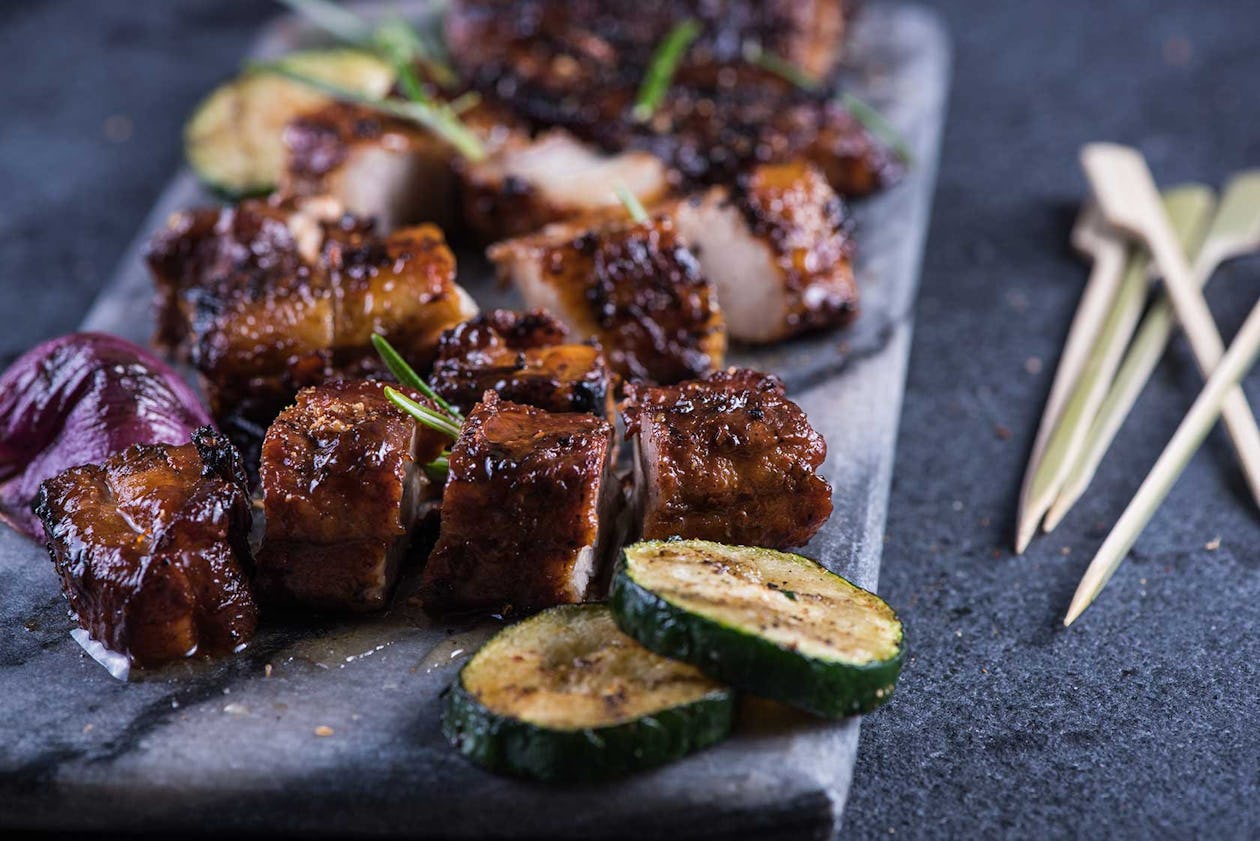
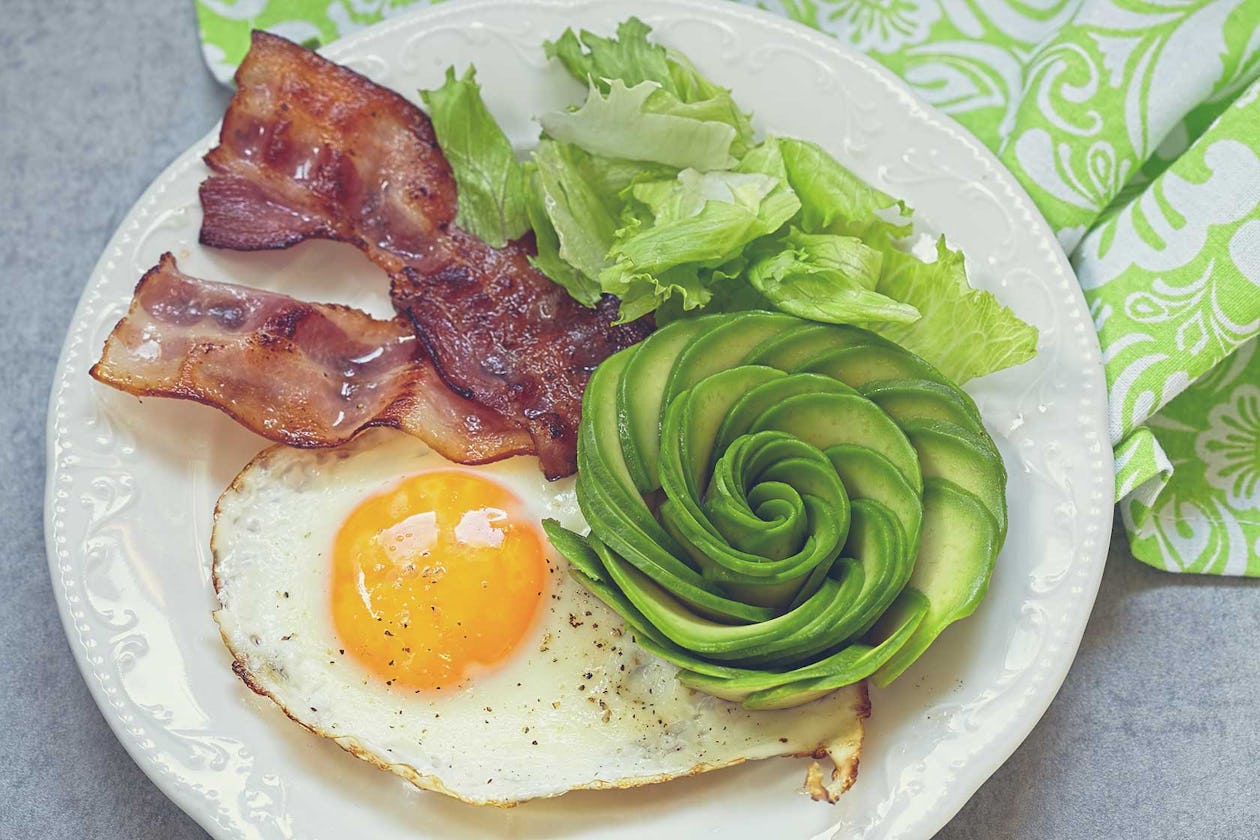
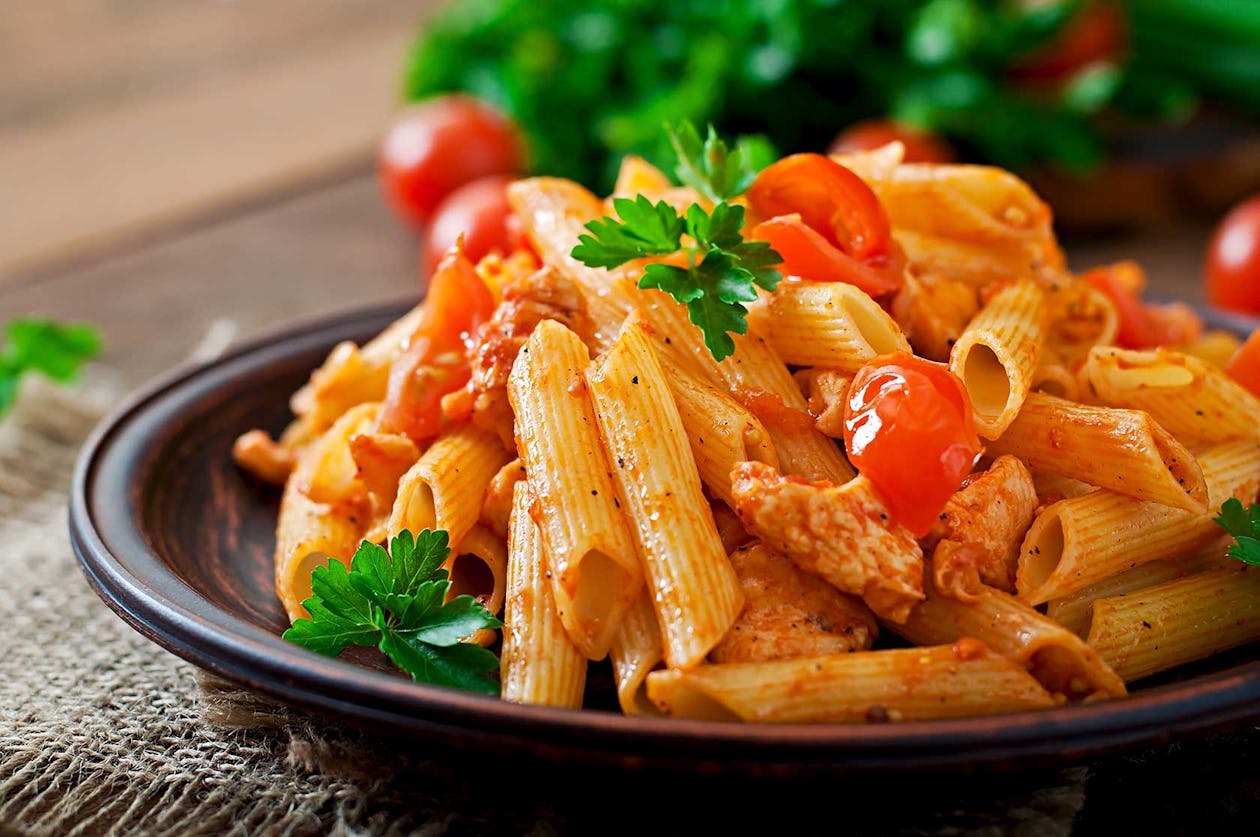




)



